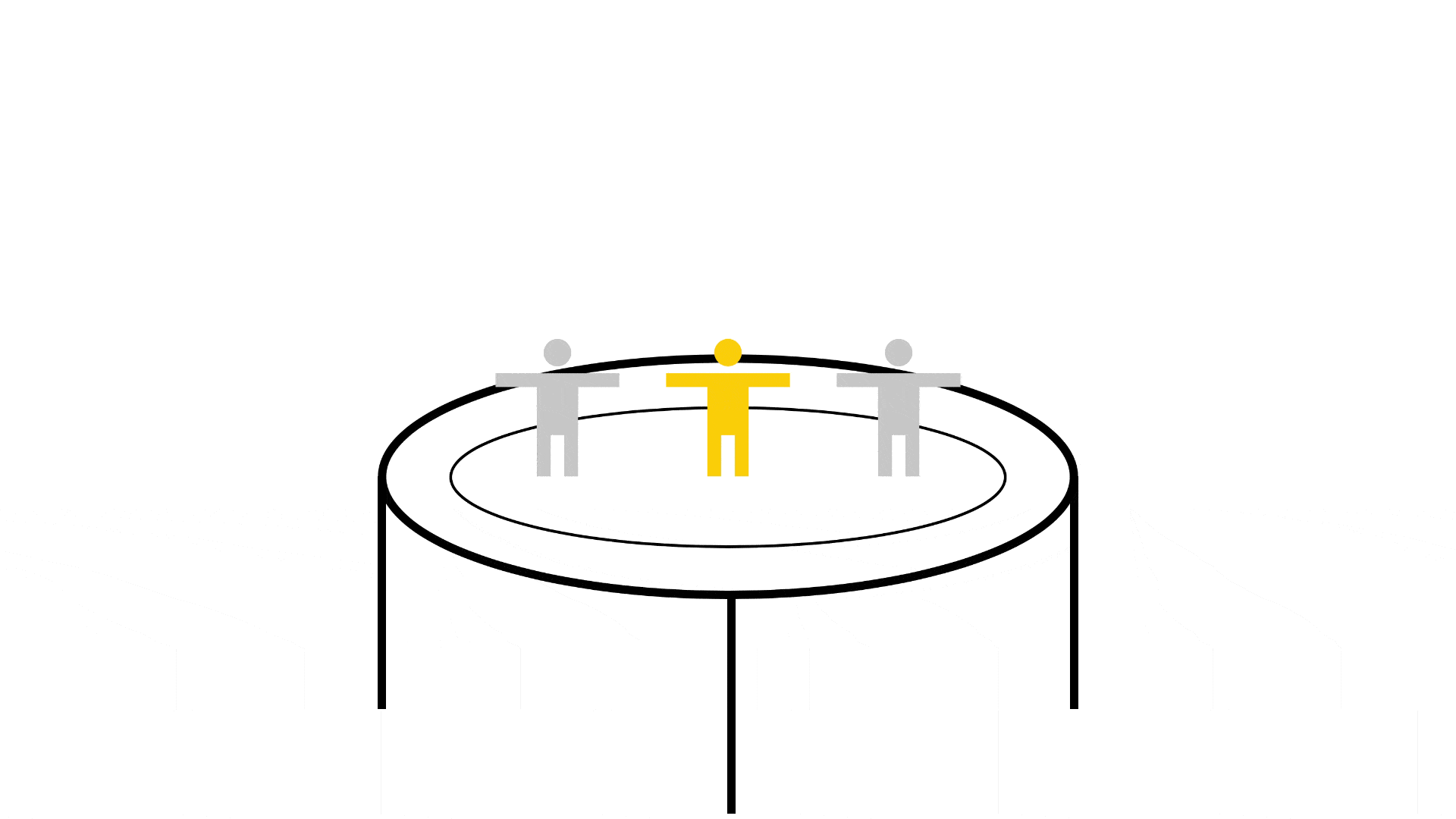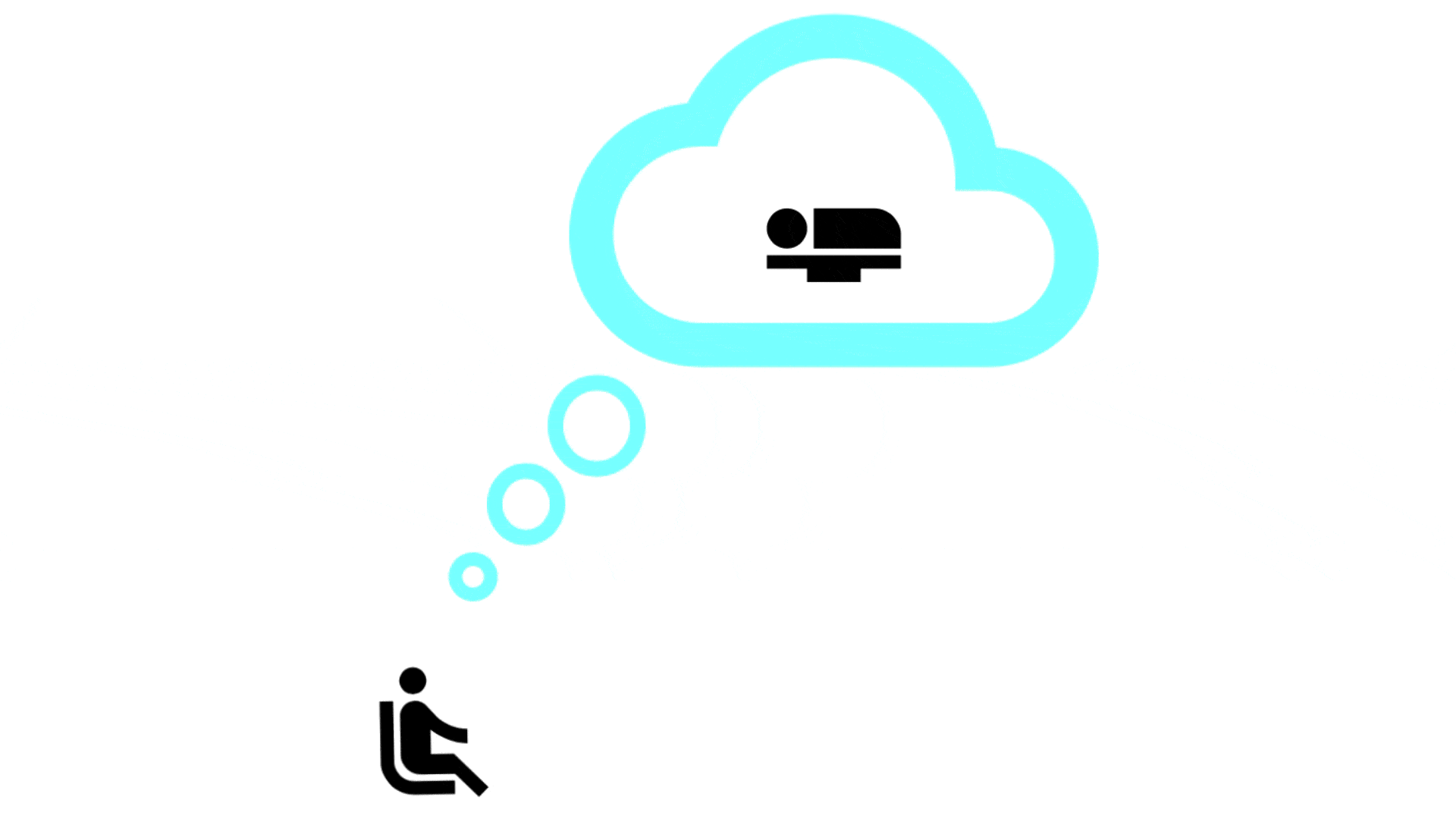
The originator of the concept of the high-expectation customer is Julie Supan. She’s the branding expert in Silicon valley and the mind behind the positioning and core branding of Airbnb, Dropbox, Thumbtack, YouTube, etc. To know more, see this article.
Many crucial decisions need to be made while building a product. Starting from what problems to solve, which features to include, which ones to toss, look-and-feel of the product…it’s always a long list. It’s wise to make these decisions keeping someone in mind for whom you are building the product for. Wiser if everyone in the team is thinking of the same someone. A typical persona doesn’t help. Targeting millennials (or Gen X/Z) is too broad. Early adopters drift away. What truly helps in making informed product decisions is a demanding set of customers called the high-expectation customer, HXC for short.
The High-Expectation Customer (HXC) is a 3-in-1 customer who is a benefiter (Someone who is going to benefit the most from your product), a hacker (Someone who is using multiple hacks to solve the problem), and an expert (People aspire to emulate her).
Let’s unpack our 3-in-1 HXC and identify each of the these traits.
Although it’s exciting to think that almost everyone is a potential customer, it’s crucial to first rope in the people who will get the most out of your product. The HXC is someone who will benefit the most from your product, whether they realise this yet or not.
Instead of asking ‘who all can use my product’, the right question is ‘who will benefit the most from my product’.

Imagine you are building a digital tool that helps people save money. You don’t need a poll to determine who all would like to save money. Almost everyone is a potential customer. But the right question is who out of these potential customers will benefit the most from a savings tool:
- A professional with regular salary.
- A student earning pocket money doing summer jobs.
- A gig economy worker (a startup founder, a freelancer, Grab/Uber driver) with irregular income. ✅
Once you identify your benefiter, you need to understand how your product can help them get where they want to be. What functional and emotional progress are they trying to make. If you are building a savings tool, you need to know what will make them feel like they have a better control of their finances. If you are building a travel website, you need to know what will make them feel like a better traveler. If you are building an app for runners, you need to know what will make them feel like a better runner.
The high-expectation customers are living the problem that your product is trying to solve. They don’t need any convincing that the problem indeed exists. In fact, they are using multiple hacks to somehow fix it because it’s too important for them to be left unsolved. Unfortunately 😈, hacks are temporary fixes at best. They need a single solution that meets all their demands.

If you are building an app for runners, potential customers is a broad audience: people who need to run, want to run, or love to run! We need to narrow it down to people who are already hacking their way to becoming better runners. Who among the following are hackers?
- People who want to lose weight or get in a better shape. They hit the gym once in a week or two.
- Occasional runners who enjoy short runs or hikes every now and then.
- People trying to amp up their running performance. They have a few marathons under their belt. They are watching youtube videos, reading running blogs, attending bootcamps, all means to running faster and/or longer. ✅
As hackers are using existing solutions in the market to fix their problem, they are the best people to shape up the product from the very start. They are also going to be your friends to help overcome the bumps along the way. If something goes wrong with the product, they help fix it instead of posting angry reviews online. Their interests align with yours as they share the common vision of solving the problem in the best way possible.
You won’t just end with a product that solves real problems, you will win loyal customers who are vested in improving the product.
Hackers can help you understand what are the existing solutions in the market and what’s so good and bad in each of those. At the least, a help in prioritizing the features list 📝. More importantly, a big help in figuring out how to address their pains in a better way.
The high-expectation customers keep themselves updated with the latest and best in the market. They don’t just look things up. They research deep. They find world’s best gurus in their area of interest and follow them. They read their books, listen to their podcasts, watch them on youtube. They look for products and services that help them become the best version of themselves. They use those to save time, gain money, improve health, eat right, and focus on experiences.

Others see them as people who know things and make smart choices. Experts are the people who help a product scale organically.
My friend Joe is a food geek. He makes his own sourdough bread, drinks his freshly ground coffee, grows microgreens, maintains kefir cultures…He is always abreast with the latest food innovations. If he says the new cafe is good, I have to try it!
People trust their choices and aspire to emulate them. “If it works for her, it will work for me.” If your product can delight an HXC, it will at least meet everyone else’s needs. In most cases, it will exceed their expectations.
A sure shot way of identifying your HXC is getting a yes to at least two of these questions:
- After using your product, will the person get better at {something that’s a big deal for this person e.g. saving money, running faster, improving brain health}?
- Is the person already looking for solutions for the problem you are trying to solve?
- Do others see this person as someone who’s not just a usual {coffee drinker, tourist, employee} but more of a {coffee geek, traveler, gig economy worker}?
We can’t always get lucky finding a complete 3-in-1. Don’t go looking for one person who’s a complete hacker, benefiter, and expert. Instead, hunt for these traits in potential customers and build upon your HXC profile. You might stumble upon people who are somewhat hackers, likely benefiters, and total experts, or with any other permutation or combination.
Build a product with the help of a hacker. Design it for the benefiter. Sell it to an expert.
Thanks for reading! I am Prachi, co-founder of Bayzil, a product strategy and design studio based in Singapore. We love to talk and hear about the latest and best in product strategy, design, and content. Also chatbots 🤖. Would love to hear your thoughts in comments and claps 👏 if you liked what you read.
